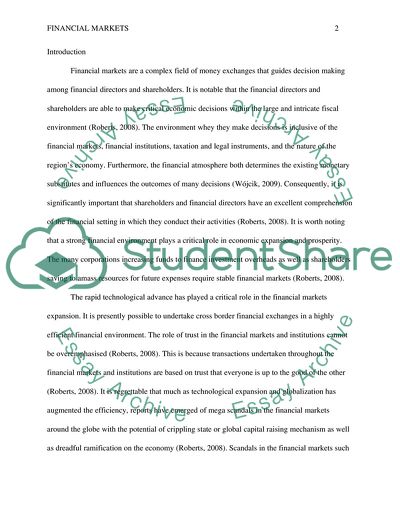Cite this document
(Regulatory Principles Of Dynamic Financial System Research Paper, n.d.)
Regulatory Principles Of Dynamic Financial System Research Paper. Retrieved from https://studentshare.org/finance-accounting/1800704-financial-markets
Regulatory Principles Of Dynamic Financial System Research Paper. Retrieved from https://studentshare.org/finance-accounting/1800704-financial-markets
(Regulatory Principles Of Dynamic Financial System Research Paper)
Regulatory Principles Of Dynamic Financial System Research Paper. https://studentshare.org/finance-accounting/1800704-financial-markets.
Regulatory Principles Of Dynamic Financial System Research Paper. https://studentshare.org/finance-accounting/1800704-financial-markets.
“Regulatory Principles Of Dynamic Financial System Research Paper”, n.d. https://studentshare.org/finance-accounting/1800704-financial-markets.


